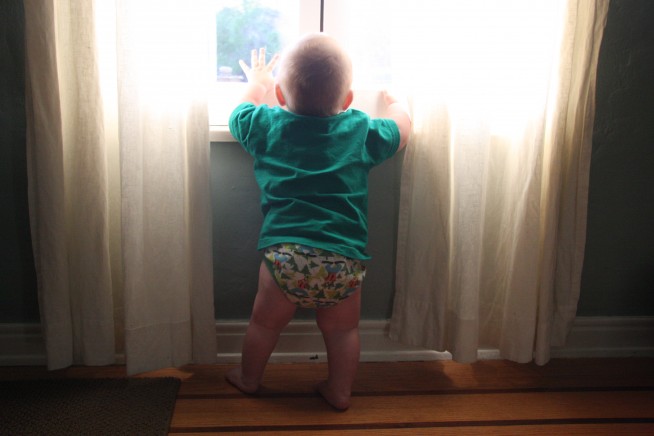Over the years, I have gone through numerous transformations and have had the pleasure of helping facilitate growth in many of my clients. Even though we’ve learned that change can be good for us, it often feels uncomfortable to go through with it.
The way we deal with change affects our health, happiness, and the energy that we bring the world. If you are in acceptance of what is and are constantly open to what the world gives you and are creative with these possibilities, you will be healthier and happier.
It is no coincidence that people who look younger have the biggest tolerance to change.
@MichaelWoolson (Click to Tweet!)
Stagnation stems from resistance to what is true now, and that state reads on our faces and bodies as signs of fatigue, aging, and stress. We are literally fighting reality instead of being creative with it.
One of the big epiphanies that I had came in a class I took a few years ago. In this workshop, we talked about and identified the steps of change. This was extremely helpful for me in both my own self-improvement as well as in my work with others. Consistently applying this knowledge kept me balanced and in a Zen place while dealing with change. After all, transformation has been going on with human beings throughout all of time. It’s our job to get through it and move on the best that we know how.
These steps take the mystery out of transformation and make the chapters easier to spot.
Step 1: Denial
In this step, the person doesn’t even know that their actions aren’t working. They are coasting along, sabotaging their health, business, and/or personal relationships. It’s as if they are saying to themselves, “What problem?”
Step 2: Arrogance
In this step, the person has identified and is aware of doing a certain behavior, but they don’t care and are often arrogant about it. It’s as if they are saying, “Yeah so what if I do _______? It’s my life, and it doesn’t hurt anybody.”
Step 3: Acceptance
In this step, the person has realized that the identified behavior is a problem for their life and others. This is the moment where hopefully a decision to get help or to make a healthy change is made. It’s as if they are saying, “I see now that this is not working, and I am ready to change and get help if necessary.”
Step 4: Transformation/Maintenance
This is the beautiful moment when realization sets in that the new behavior has been implemented and that the change is for the better. This doesn’t mean that everything from here on out is smooth sailing necessarily, but the benefits are felt and the person knows that they are better off because of it. It’s as if they are saying, “I got through my fear, and I am better because of it.” Note that it is important to know that, without proper maintenance, we can slip back into other stages.
What stage are you in? Are you ready for transformation? Feel free to share your thoughts, thanks.
Michael Woolson has become one of the most prominent and respected acting coaches in Los Angeles. He is recognized for his unique ability to cultivate depth and authenticity from his students in an environment that is nurturing and inspiring. Woolson has worked with thousands of actors from talented up-and-comers to award-winning celebrities. He is the author of The Work of an Actor and Emotion on Demand: An Actor’s Workbook for Mastering Emotional Triggers.












